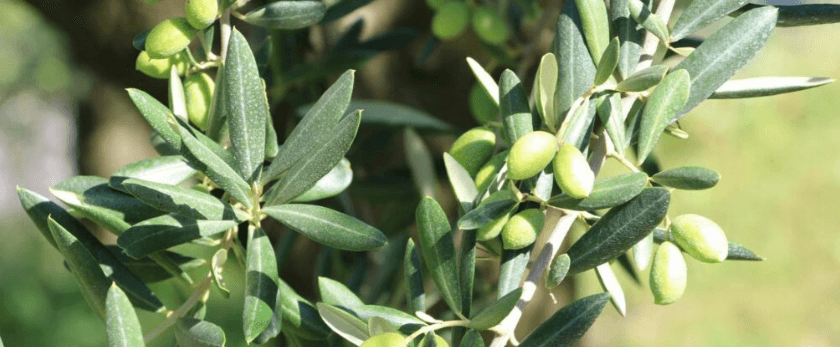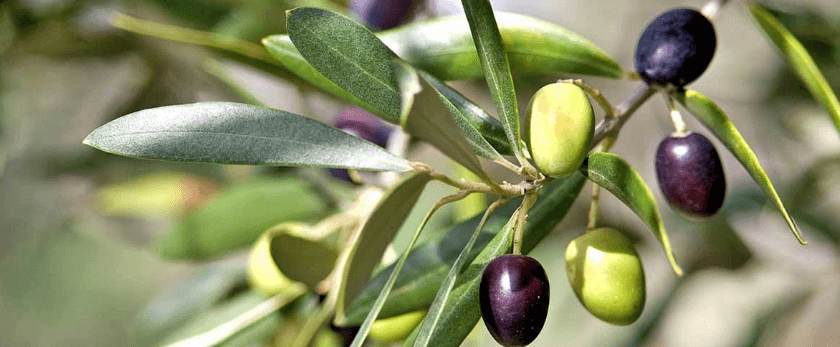Olives are not only delicious and versatile, but they also have a long history of being a staple in Mediterranean cuisine. Growing your own olives can not only provide you with a sustainable source of this tasty fruit, but it can also be a rewarding and enjoyable experience. In this article, we will discuss the steps to successfully grow olives in your own backyard.
Choosing the Right Variety
The first step in growing olives is to choose the right variety for your climate. Olives are typically grown in warm, Mediterranean climates, but there are also varieties that can thrive in cooler regions. Some popular varieties include:
- Arbequina: This variety is known for its small, flavorful olives and can tolerate colder temperatures.
- Mission: This variety is commonly used for olive oil production and can tolerate a wide range of temperatures.
- Manzanillo: This variety produces large, meaty olives and is best suited for warmer climates.
It is important to research and choose a variety that is best suited for your specific climate and growing conditions.
Planting
Olives can be grown from seeds, but it is recommended to purchase a young olive tree from a reputable nursery. This will ensure that you have a healthy and established tree that will produce fruit sooner. When planting your olive tree, make sure to choose a sunny location with well-draining soil. Dig a hole that is twice the size of the root ball and gently loosen the roots before placing the tree in the hole. Fill the hole with soil and water thoroughly.
Caring for Your Olive Tree
Watering
Olives are drought-resistant trees, but they still require regular watering, especially during the first few years of growth. Water your olive tree deeply once a week, making sure to saturate the soil around the roots. During hot and dry weather, you may need to water more frequently. However, be careful not to overwater as this can lead to root rot.
Light
Olives thrive in full sun, so make sure to plant your tree in a location that receives at least 6-8 hours of sunlight per day. If you live in a cooler climate, choose a spot that gets the most sun exposure to ensure your tree receives enough warmth.
Soil
Olives prefer well-draining soil with a pH level between 6.0-8.5. If your soil is too acidic, you can add lime to raise the pH level. If your soil is too alkaline, you can add sulfur to lower the pH level. It is also recommended to add organic matter, such as compost, to the soil to improve its texture and nutrient content.
Fertilizer
Olives do not require a lot of fertilizer, but it is beneficial to add a balanced fertilizer in the spring and fall. Avoid using high-nitrogen fertilizers as this can lead to excessive leaf growth and reduce fruit production.
Pruning
Pruning is essential for olive trees to maintain their shape and promote fruit production. Prune your tree in late winter or early spring before new growth appears. Remove any dead or damaged branches and thin out the canopy to allow more sunlight to reach the inner branches. It is also recommended to remove any suckers that grow from the base of the tree.

Best Time to Grow Olives
The best time to grow olives is in the spring when the soil has warmed up and there is no longer a risk of frost. This will give your tree enough time to establish its roots before the hot summer months. Olives typically take 3-4 years to start producing fruit, so be patient and continue to care for your tree during this time.
Common Problems with Olives
- Pests: Some common pests that can affect olive trees include olive fruit flies, scale insects, and olive lace bugs. Regularly inspect your tree for signs of pests and use organic methods, such as neem oil, to control them.
- Diseases: Olive trees can be susceptible to fungal diseases, such as olive knot and verticillium wilt. Proper pruning and good air circulation can help prevent these diseases. If your tree does become infected, remove and destroy the affected branches.
- Frost Damage: If you live in a cooler climate, your olive tree may be at risk of frost damage. Protect your tree by covering it with a blanket or using a frost cloth during cold nights.
Responsible Disposal Methods
When harvesting your olives, it is important to dispose of any waste, such as pits and leaves, responsibly. Do not throw them in the trash as they can take a long time to decompose in landfills. Instead, consider composting them or using them as mulch in your garden. You can also donate your excess olives to local food banks or community organizations.
Conclusion
Growing olives can be a fun and rewarding experience, and with the right care and attention, you can enjoy a bountiful harvest of this delicious fruit. Remember to choose the right variety for your climate, provide proper care and maintenance, and dispose of any waste responsibly. By growing your own olives, you can not only enjoy the fruits of your labor but also contribute to a more sustainable future.










